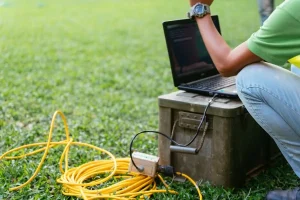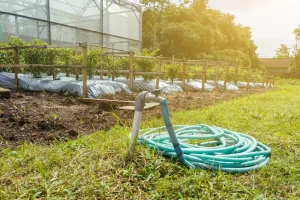Smart automatic irrigation solutions have become increasingly important in today’s world, where the efficient use of water resources is paramount. For this reason, smart automatic irrigation solutions are coming to the fore in agriculture. In addition, these systems provide the right amount of water at the right time. In this way, both productivity increases and water waste is prevented. As a result, costs are reduced while environmental sustainability is supported. Furthermore, sensors continuously analyze soil moisture. As a result, irrigation needs are determined based on data. This eliminates the need for manual intervention. Additionally, the systems feature timers and remote control capabilities. This allows the irrigation process to be managed via a smartphone. Climate conditions are also automatically integrated into the systems. As a result, adaptation to weather changes is easily achieved.
Table of Contents
- Fertilization and Irrigation Automation
- Smart Fertilization
- What is Fertigation?
- Advantages of the Fertigation Method
- Injectors Used in Fertigation Fertilization
- Conclusion
- Frequently Asked Questions
Fertilization and Irrigation Automation
Proper irrigation and fertilization are of great importance for productivity in agriculture. For this reason, automation systems have become one of the greatest aids to farmers. These systems distribute water and fertilizer as needed. Thus, resources are saved and costs reduced. Environmental impact is lowered. Sensors also enable instant soil analysis. As a result, intervention occurs precisely when the plant requires it. This ensures that the growth process proceeds in a healthy manner. Furthermore, data-driven irrigation eliminates errors, thereby minimizing water waste. Fertilization is also carried out in a balanced and controlled manner. Consequently, both product quality and quantity improve. Additionally, the level of chemical residues is reduced.
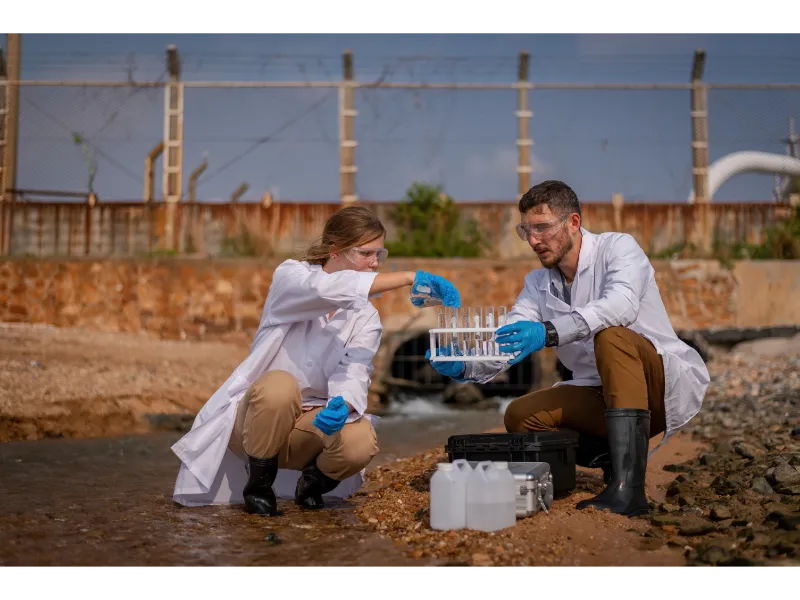
Smart Fertilization
Proper fertilization techniques are crucial for increasing productivity in agriculture. For this reason, smart fertilization technologies are becoming increasingly widespread. In addition, these systems analyze the soil’s needs and create a fertilization plan. This prevents unnecessary fertilizer use. Furthermore, the rate of chemical accumulation in the soil decreases. As a result, environmental impacts are minimized. In this way, both product quality improves and nature is protected. Furthermore, systems integrated with sensors provide real-time data. In this case, producers make data-driven interventions. Additionally, unnecessary fertilizer costs are eliminated. As a result, economic efficiency is also achieved. In this way, sustainable agricultural practices become more widespread.
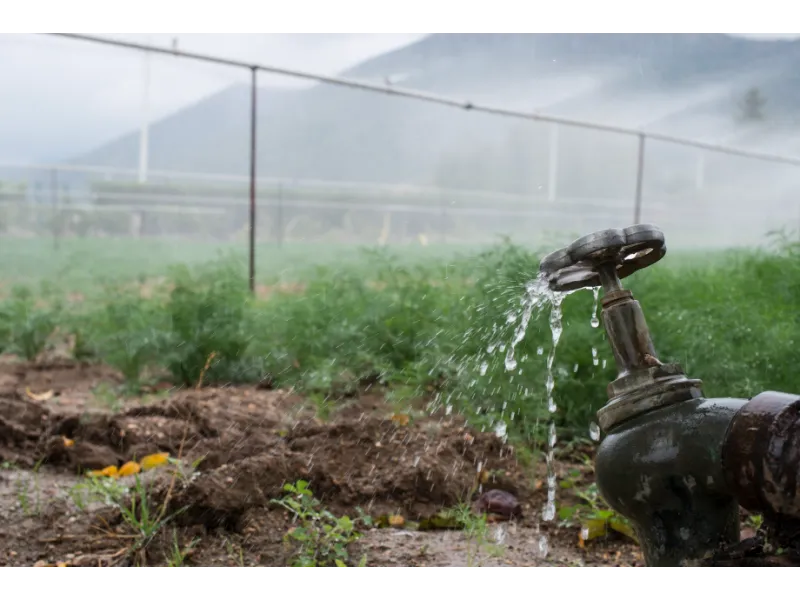
What is Fertigation?
Fertigation is a method of applying fertilizer together with irrigation. Therefore, plant growth is supported. Water and nutrients reach the soil simultaneously. Productivity increases and fertilizer loss is minimized. Plants receive needed nutrients on time. Therefore, balanced growth is achieved. In this case, product quality improves. Furthermore, environmental impacts are reduced. This prevents unnecessary fertilizer use. Additionally, water savings are achieved. As a result, natural resources are protected. This supports sustainable agricultural practices. Additionally, there is a reduction in producer costs. In this case, profit margins increase. Therefore, fertigation has become an important part of modern agriculture.

Advantages of the Fertigation Method
Fertigation is an effective method that increases productivity in agriculture. In addition, fertilizer reaches the roots directly. Therefore, nutrient loss is kept to a minimum. Soil salinity risk is reduced. Plant health is protected. Water and fertilizer use decrease. Therefore, costs become more economical. In this case, the producer’s profit increases. Additionally, an environmentally conscious agricultural model is supported. As a result, natural resources are used more efficiently. Furthermore, time and labor savings are achieved. Consequently, operational efficiency improves. In this case, farmers adapt more easily to modern techniques. Additionally, product quality stability is ensured. In this way, a competitive advantage is gained in the market.
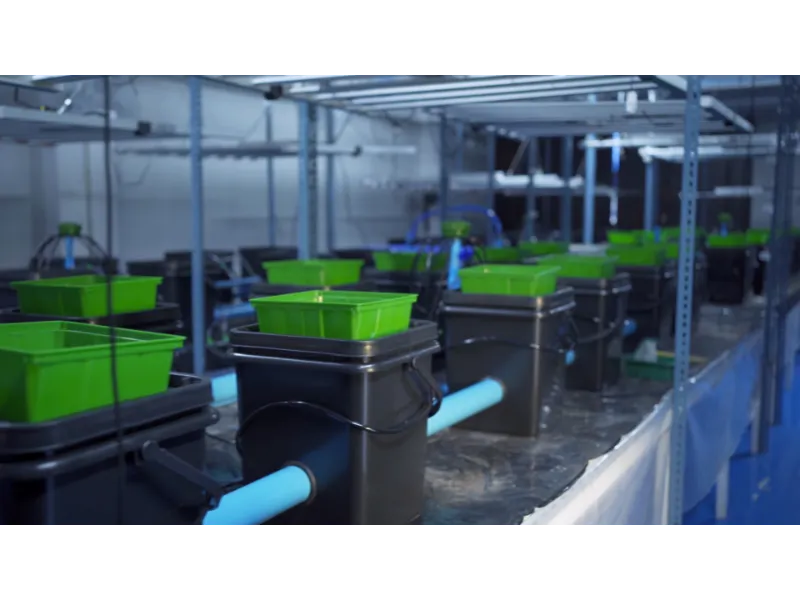
Injectors Used in Fertigation Fertilization
In fertigation systems, injectors are important equipment that mix fertilizer into water. In addition, the fertilizer solution is transferred directly to the irrigation line. Therefore, plants get the nutrients they need immediately. In this case, homogeneous feeding is provided. In this way, productivity and quality increase. Furthermore, injectors operate automatically, reducing the workload. As a result, time and energy savings are achieved. In this case, production costs decrease. Furthermore, excessive fertilizer use is prevented. As a result, soil and water resources are protected. This supports environmentally friendly production. Additionally, different injector types can be adapted to different areas. Therefore, they can be used in any agricultural field. In this case, the system becomes flexible and scalable. Furthermore, it integrates easily with control systems. As a result, fertilization can be performed with precision.
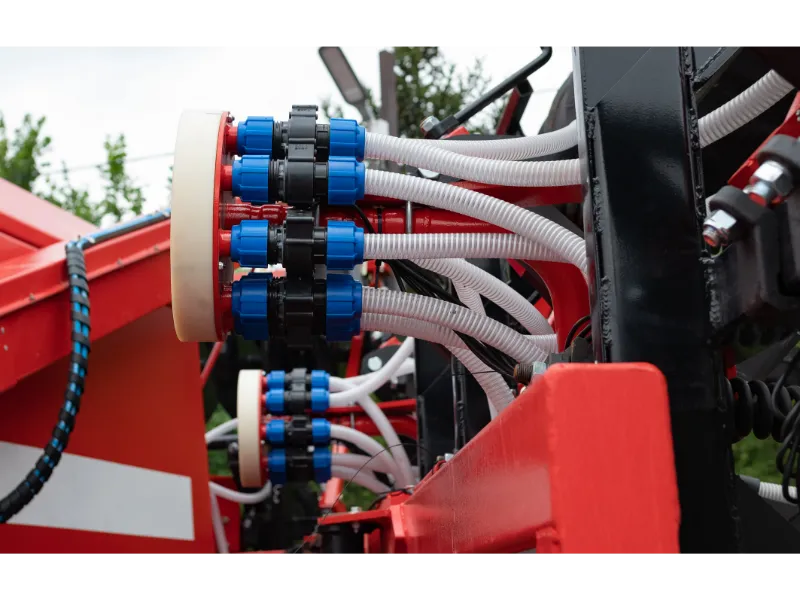
Conclusion
As a result, Smart Automatic Irrigation Solutions offer both efficiency and sustainability in agricultural production. Additionally, environmental balance is maintained through the conscious use of water resources. As a result, farmers benefit from both cost advantages and high-quality yields. In this context, the agricultural sector takes a significant step toward digitalization. Furthermore, production models resilient to climate change are supported. In this way, natural resources are utilized more effectively. Smart automatic irrigation solutions form the foundation of sustainable and intelligent technologies in the agriculture of the future.
Frequently Asked Questions
Why are smart automatic irrigation systems preferred? These systems prevent water waste, reduce labor, and increase yield.
What is the difference between fertigation and conventional fertilization? Fertigation delivers nutrients directly to the roots, while conventional methods may remain on the surface.
Can fertilization be done according to plant growth stages? Yes, automatic systems can be programmed to fertilize according to specific stages.
Is fertilization automation suitable for small businesses? Yes, small agricultural businesses can also easily benefit from scalable systems.
Why is pH and EC control important in fertigation systems? Plant nutrient uptake depends on the pH and conductivity of the water.
How does smart fertilization affect labor costs? Labor requirements decrease, human errors are minimized, and total costs are reduced.
Is remote control possible in irrigation and fertilization automation? Yes, systems can be remotely managed using sensors and mobile applications.
How is fertigation related to climate change? Efficient use of water and fertilizer protects natural resources and reduces the carbon footprint.
In which agricultural areas are these systems used? They are common in greenhouses, open-field agriculture, orchards, and industrial agriculture.
How long does it take for fertigation systems to provide a return on investment? They typically amortize the investment cost within 1-2 years, and profitability increases with efficiency.





